Cationic Cotton
Cationization Chemistry
In the textile dyeing process, there are significant challenges related to dye affinity, colorfastness, color flexibility, and quick replenishment based on consumer demand. The cationization chemistry is REACH registered, and the application of cationic reagent chemistry to cotton can transform your dyeing routine into an environmentally responsible and efficient process, all while increasing capabilities for you to create subtle heathered effects, bold stripes, tonal patterns, and unique textures.
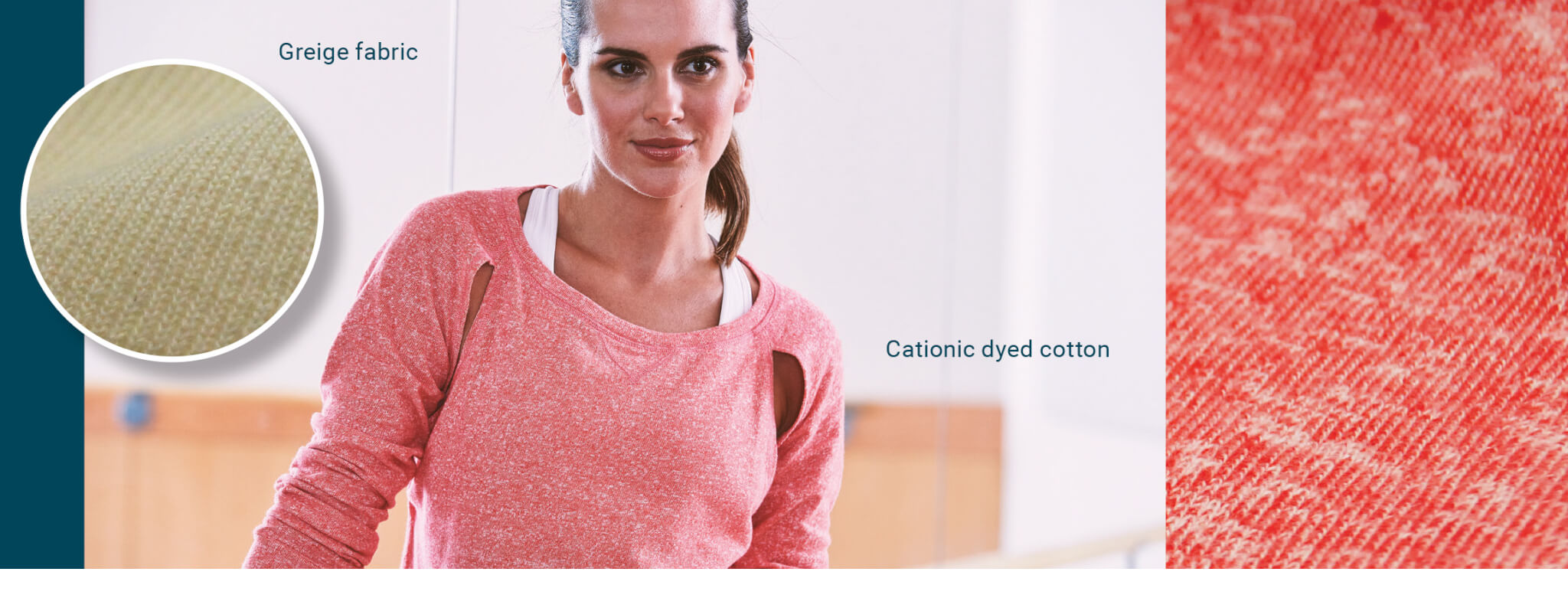
What is Cationic Cotton?
Cationic cotton is cotton that has been chemically modified to possess a permanent cationic, or positive, charge. Although the concept of cationic treated cotton has been available for many years, this innovative technology has continued to grow in popularity among companies exploring ways to reduce water, energy, and chemical consumption in the development of their products, while also seeking ways to increase responsiveness to consumer fashion demands with more versatile and on-trend fashion offerings.
When immersed in water, cotton naturally possesses a neutral or mildly negative charge. Common dyes used for cotton also possess a negative charge. Like common poles of magnets, the same charges repel each other. Therefore, in typical dyeing of cotton, salt and alkali are used in the dyebath to reverse the charge on cotton so that it has a positive charge, allowing the dyes to react and bond to the cotton. Cationic treated cotton is chemically modified to possess a permanent cationic, or positive charge, making cotton “friendlier” to dye and increasing dye utilization. This in turn creates a shorter and more efficient dyeing process that utilizes less water, energy, and chemicals. Cotton can be treated with the cationic process in fiber, yarn, or fabric form.
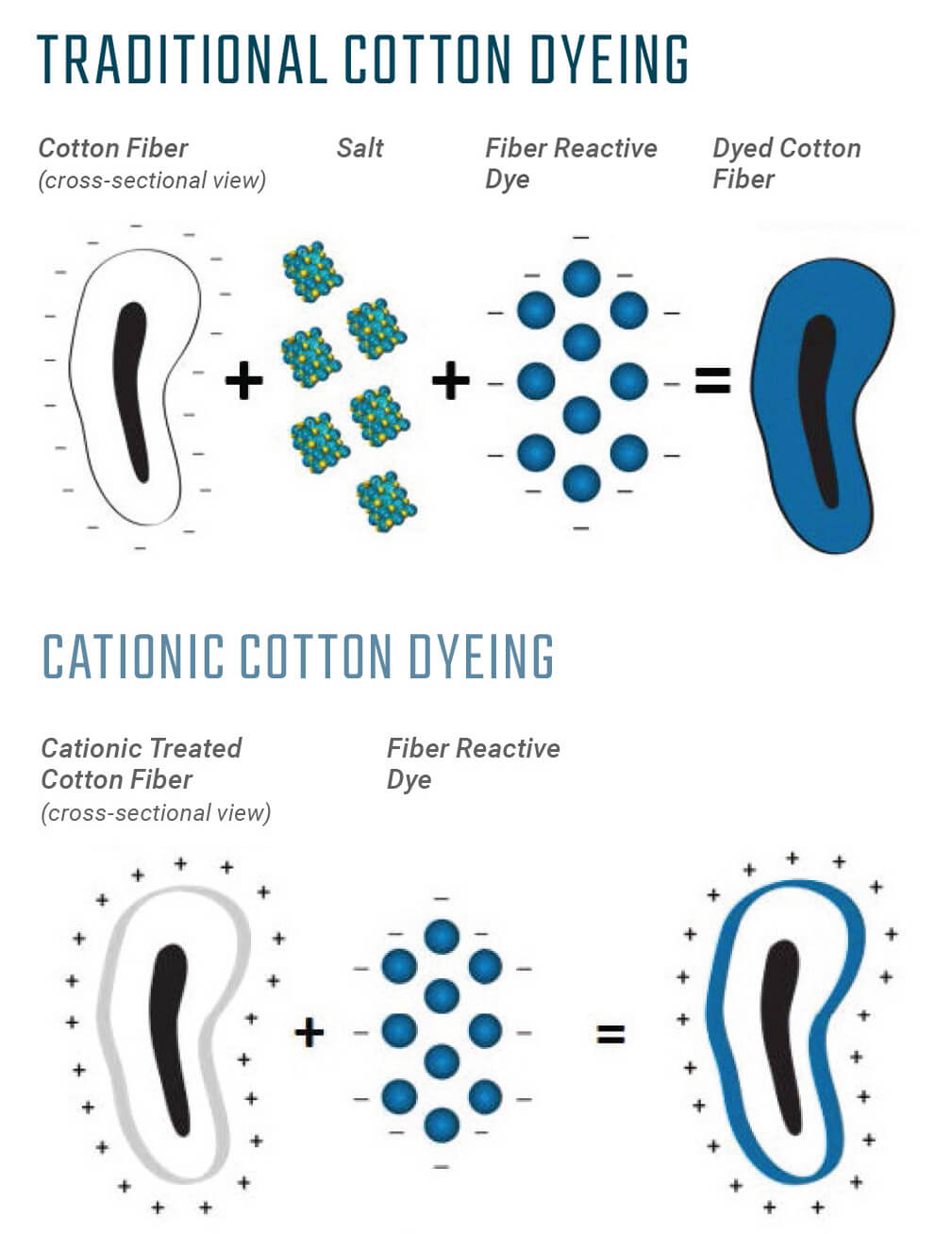
Cationic Design Possibilities
Cationic cotton technology prepares the fabric to accept a greater variety of dyes and provides for greater flexibility in the color offerings. Unique designs can be achieved by altering the level of cationization (higher = deeper color) and creating fabrics using both cationized and conventional cotton in the same fabric. Altering the level of cationization can help create tonal effects in the fabric, while blending with non-cationized yarn creates areas that do not take the dye, yielding clean crisp lines. Yarn dye effects can also be created with alternating cationic and noncationic yarns. Cationic cotton can be used for 100% cotton or blended yarns.
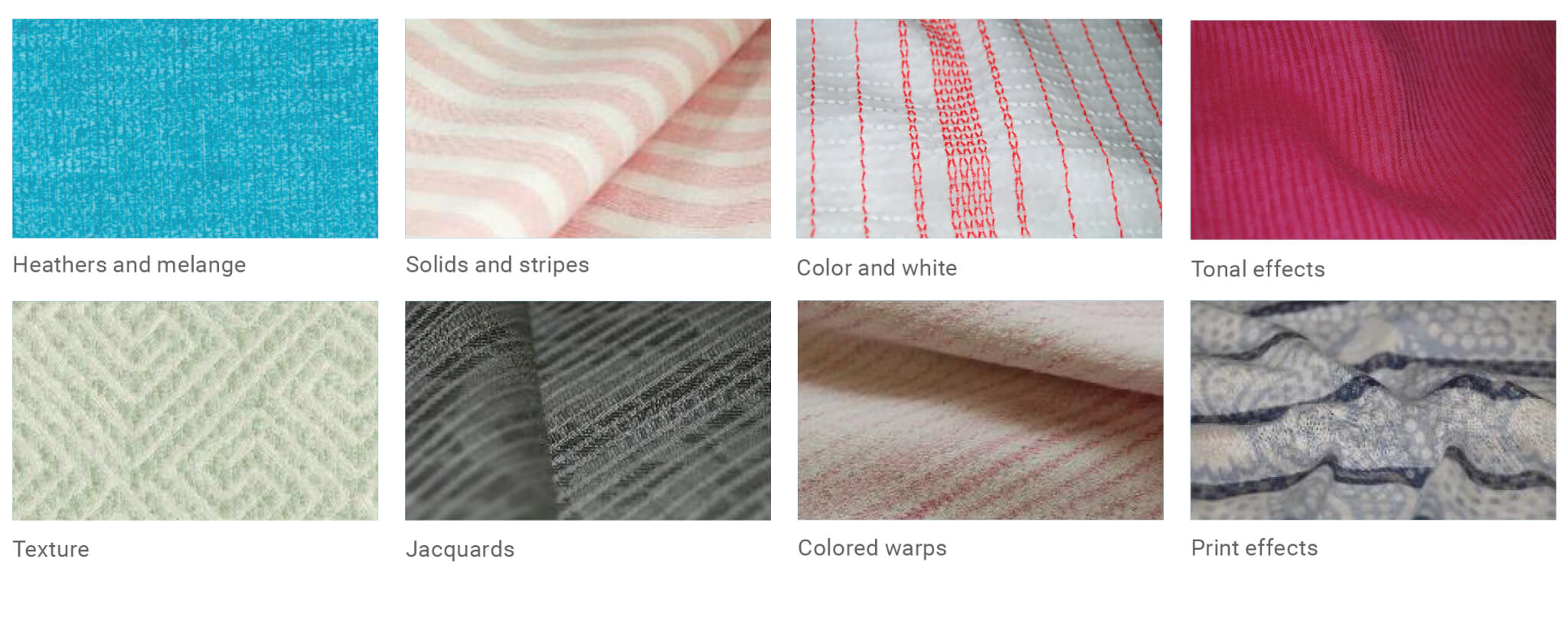
Environmental Benefits
While cationic cotton helps address market demands and improve inventory and cost efficiencies, the greatest benefit of this technology is the reduction in water, energy, and chemicals (WEC) in the dyeing process.
Water
- Almost 100% dye utilization significantly reduces wastewater and the need for rinsing the fabric to remove unfixed dye
- Dyebath looks clear
Energy
- Reduced dye time because color adheres to fabric more quickly
Chemicals
- Overall less dyestuffs needed to achieve same color
- Eliminates the need for salt and alkali in dyeing process
Advancements in Cationic Cotton Technologies
Recent advancements have made it possible to overcome the traditional challenges that come with cationizing cotton. This webinar gives an overview of cationic chemistry while diving deeper into:
- Examples of advancements that can help improve efficiency, cut costs, and reduce water use, energy consumption, and the likelihood of water pollution
- Inspirational FABRICAST™ developments featuring cationic cotton
- Supplier information
Download Advancements in Cationic Cotton Technologies presentation slides.
Webinar originally played on 2/16/21.
Subtle to Striped: Sustainable Fashion With Cationic Cotton
Learn how you can leverage cationic cotton to improve dyeing efficiency, grow your range of designs, eliminate salt and alkali from your process, and add more flexibility to your product offerings. This is done by defining the “what,” “why,” and “how” of cationic cotton, exploring the sustainable innovations of the process, and offering insight into its fashionable applications.
Bottom Line Benefits
Cost
Fabrics can be dyed utilizing as little as one-third to one-half the typical amount of dye required in traditional dyeing. Reduced dye inputs and outputs not only reduce the overall fabric environmental footprint but also have positive impacts on the bottom line, making the overall dyeing process more cost-effective. Even darker shades, which often require increased chemistry, use significantly less dye in this process.
Inventory
Cationic cotton makes it possible for one single base cloth to produce many colors, therefore reducing product SKUs and finished inventory. If a SKU’s color is not selling, the product can easily be shifted to the color that is needed. The ability to quickly react to shifts in market and consumer demand also allow for quicker replenishment and minimized forecasting risk. Because cationic cotton can be achieved in both fabric and garment form, there is also reduced need and reliance upon package-dyed yarn inventories.
Quality
Cationic treated cotton accepts dyes more efficiently, therefore, less agitation is needed during the dyeing process for the dye to adhere to the fabric. This in turn produces a cleaner, less abraded fabric with a better appearance. Improved colorfastness and crocking offer flexibility with the development of highly-saturated shades.
The Future of Cationic Cotton
The traditional cationic chemistry and concept for cationizing cotton have been around for roughly 40 years. During this time, many new processes and techniques have been developed, but the core chemistry has remained the same. Two problems that have been very difficult to overcome with the traditional chemistry are lower fixation of the chemistry in certain processes and an offensive amine odor that is generated in the application. In the effort to minimize and tackle these challenges, Cotton Incorporated has collaboratively evaluated a newly patented cationic chemistry that specifically alleviates these concerns.
Dow offers a pretreatment for the cationization process called ECOFAST™ Pure Textile Treatment. ECOFAST™ Pure is a cationic chemistry and commercially significant improvement for cationic cotton technology. According to Dow, not only does ECOFAST™ Pure maintain the fundamental benefits of cationic cotton, but the patented chemistry also has double the number of reactive groups as the traditional cationic chemistry, thereby increasing the efficiency of the cationization process. Additionally, there is no odor generation during the cationization process. For more information on ECOFAST™ Pure, visit dow.com.
Cotton Incorporated is committed to research investments to continue to expand knowledge about cationic cotton technology. The following topics are currently being explored:
- Achieving deep black shades
- Improving dyeing processes to produce more level and uniform dyeing
- Developing a cationization level that is custom formulated for the dye formula
- Achieving new cationic chemistries to add new functionalities to cotton fabrics
Cationic Cotton Suppliers
Fibers & Yarns
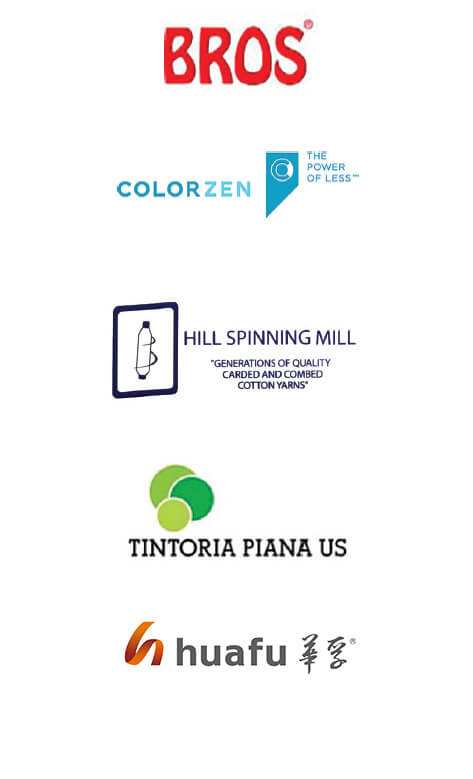
Knits

Wovens
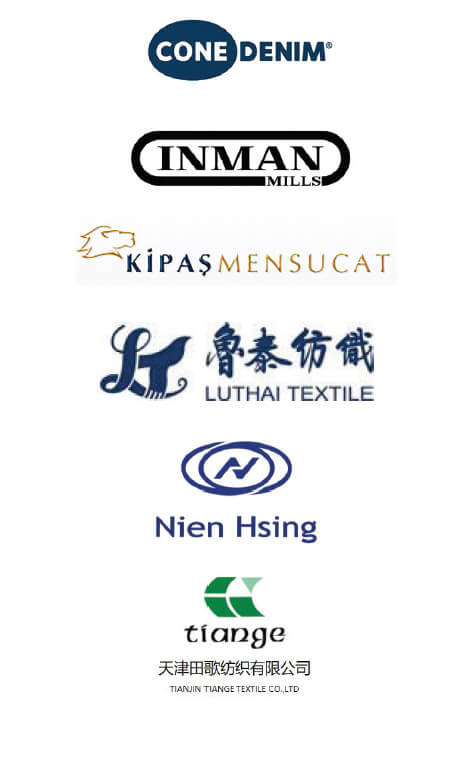
Cationic Cotton Pretreatment

Interested in reading up on another Cotton Picks topic? Take a look at our Cotton Picks featuring different printing techniques.



